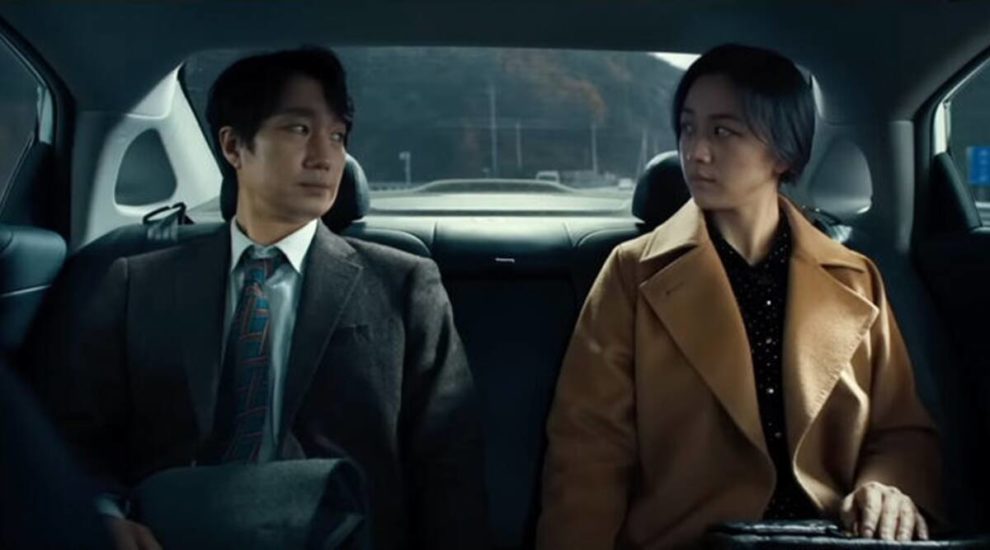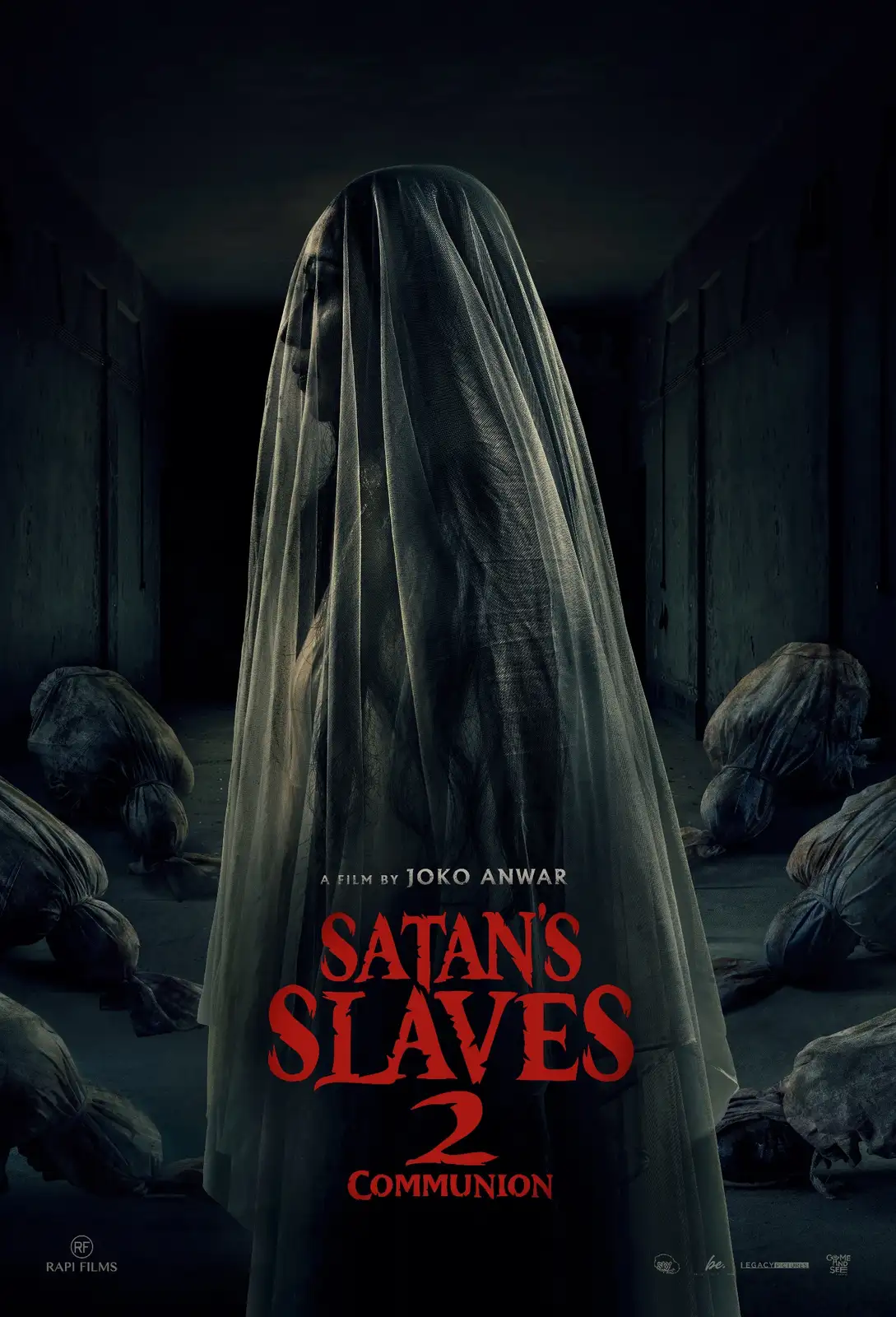20 of the contributors of Asian Movie Pulse from America, Oceania, Europe and Asia have voted the 25 Best Films of 2021, resulting in what we consider a great selection, particularly since the offer of titles this year was much wider, as Asian cinema seems to take a bigger and bigger percentage of the content offered internationally, in theaters, festivals, and streaming services.
In that regard, the list includes films from S. Korea, Iran, Kazakhstan, India, Japan, China, Indonesia, Thailand, Turkey, Taiwan and the Philippines, while crime thrillers, martial arts, arthouse, courtroom and social dramas, comedies and Asian-American films have found a place.
Without further ado, here are the best Asian films of 2022, in reverse order. Some films may have premiered in 2021, but since they mostly circulated in 2021, we decided to include them, in one of the calmer votes in the history of AMP.
25. Hail to Hell (Lim Oh-jeong, S. Korea)
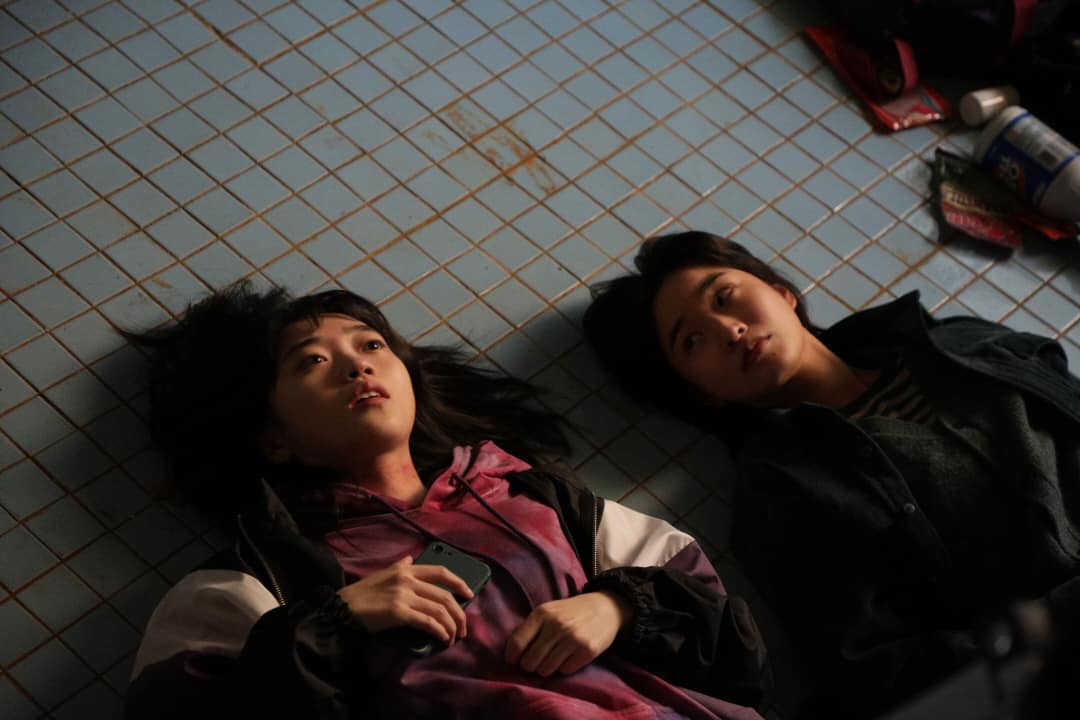
Lim takes the oft repeated subject of bullying and puts a fresh spin to it, writing and executing a narrative that is lively and with frequent moments of dry humour. The girls' journey is unpredictable and never static. Through their story, Lim talks about the nature of forgiveness and redemption, how they are connected and interchanging. This is an interesting element that works best once Chae-rin's arc also comes into play. (Rhythm Zaveri)
24. The Novelist's Film (Hong Sang-soo, S. Korea)

“The Novelist's Film” has a lot in common with its immediate predecessor “In Front of Your Face”. In addition to having the same leading lady in Lee Hye-young, the lead character here too is an ageing artiste burdened by a worry. Whereas she was worried about the terminability of life itself in the previous work, here she is faced with potential terminal nature of her talent as she suffers a writer's block which she fears might be permanent. Her writing may be suffering, but Jun-hee still has a creative spirit unwilling to lay dormant. (Rhythm Zaveri)
23. Locust (Faeze Azizkhani, Iran)
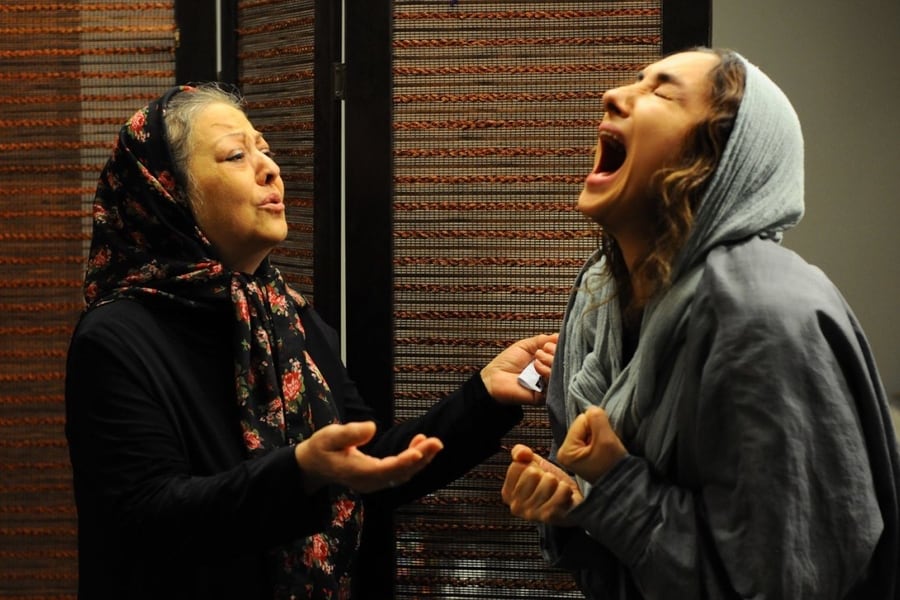
For those familiar with the struggles of a film production, especially within independent circles, some of the aspects and themes of Azizkhani's feature will not be a surprise. Given the director's background, having worked as script writer and assistant director for quite some time in her past, many of the events on screen seem to stem from having similar experiences or observations. Consequently, “The Locust” is a very dialogue-heavy drama, where the line between what the actors read from their script and what is their reality is often blurred, making it hard to distinguish reality from fiction. Azizkhani highlights how the creation of a feature is always a struggle, an ideological as well as a financial one, with the discussions about the project's monetary situation also being part of the story, which quite often takes a toll on those involved, in this case especially the main character. (Rouven Linnarz)
22. Ademoka (Adilkhan Yerzhanov, Kazakhstan)

Through his intense minimalism, which this time also becomes part of the narrative, particularly in the way the various sets are created, Yerzhanov seems to mock his country in a truly astonishing number of ways, although Kazakhstan is not where he stops. The way the authorities function, from border police to local politicians to the mafia to the educational system are all mocked here in the most pointed, but at the same time hilarious ways. One just has to witness the way the “school for the gifted” functions in all of its levels to realize the level of context here, with the scene where Ahab and the successful, flashy, constantly smiling professor of computer science and English being one of the most memorable, and funny, in the whole film. (Panos Kotzathanasis)
21. Riceboy Sleeps (Anthony Shim, S. Korean-themed-Canada)
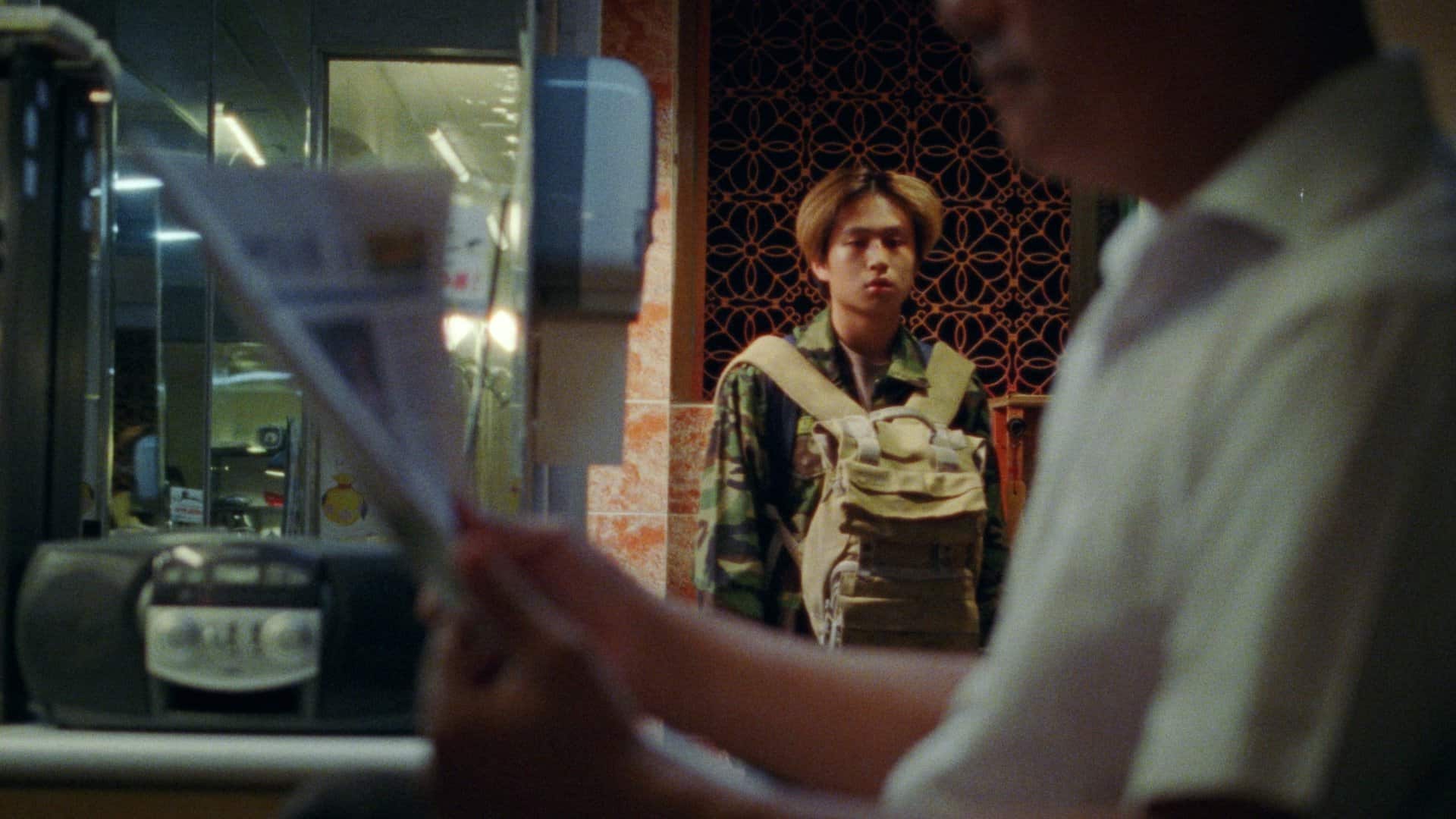
Anthony Shim directs a film that does a number of things well, but most of all succeeds in presenting a rather realistic story about grief and displacement, while avoiding the reef of having another melodrama about the hardships immigrants face. As such, his characters are not presented as victims, with the groping scene in the factory highlighting the fact in the best degree, but as regular people, whose issues are universal and not immigrant-specific. This approach actually intensifies the dramatic element of the movie, without, though, crossing into melodramatic paths, with Shim retaining a wonderful balance throughout the three parts of the movie. (Panos Kotzathanasis)
20. RRR (S.S. Rajamouli, India – Telugu)

The mashup of absurd action, preposterous characters, intense music and dancing, and hate for British colonialism Rajamouli presents here is as entertaining as it sounds, with the almost complete lack of political correctness resulting in a movie that offers complete and utter fun from beginning to end. As such, the epic fairytale approach results in the protagonists fighting tigers, getting wrapped around flags to avoid getting burned, winning in dancing competitions against the British (in a sequence that yells “Bridgerton” from beginning to end) but also fighting each other with killing intent, and torturing and getting tortured in scenes that could be described as exploitative. (Panos Kotzathanasis)
19. The Fish Tale (Shuichi Okita, Japan)

Shuichi Okita takes a number of creative liberties in this biopic of sorts, particularly in the beginning, where some fish appear as some sort of aliens, as much as Meebo does, who does not seem to have much to do with this world, at least as the others perceive it. Through all the quirkiness, though, a number of messages are presented here, in the most eloquent and intriguing fashion. (Japanese) society demands from people to mature, adapt, study hard and get a job according to their potential, with the people who are not, eventually treated as pariahs. Meebo's path however, highlights the fact that there are alternative, “not-normal” roads to success, and that following your obsession to the end can actually lead to great things, even if they probably will take a bit more time than the “right way”. That the protagonist remains cheerful even in the face of total failure also sends a message, as much as how important friendship and good parenting (essentially meaning understanding and supporting children even when they do not make sense) can be in the life of anyone. That her will to chase her dreams eventually brings a number of people around her, also sends a message in the same, anti-pariah path. (Panos Kotzathanasis)
18. Return to Dust (Li Ruijun, China)
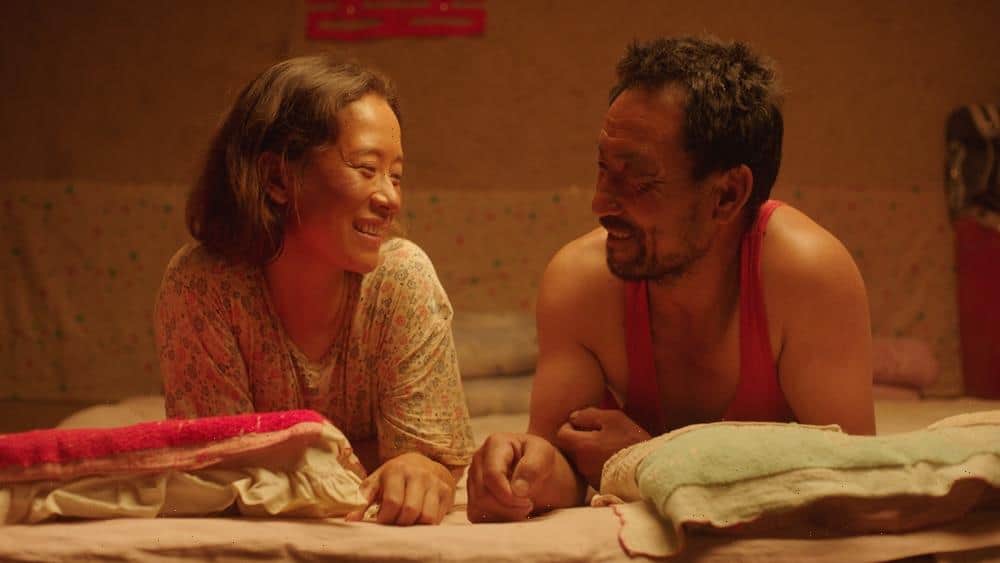
An awkwardly tied liaison between Ma and Guiying obviously does become something more, deeper and sincerer than anyone in their community has, but apart from not playing on that ticket with enough intensity (elaborating more on it would include spoilers) “Return to Dust” is rather speaking about the short time we are given on this earth and the rapid, merciless change in life tempo we've been experiencing the last two decades. The industrial mill is crushing villages and rural communities, transforming them into same-looking stinky parts of a larger capitalist machinery. The land is supposed to be ‘looking after itself' once in the hands of big agricultural conglomorates, and hands that used to work it before will be busy with something else, in another belly of the industrial beast. As a native of Gaotai and farmer himself, Li projects his romanticised image of the area on the screen, choosing the ‘old ways' over modernity, and there is nothing wrong in it. But he likes it old, old, with plow pulled by a donkey and all work done manually, like there is no mid way for both keeping the love for the land and saving the back from bursting in half. (Marina Richter)
17. Satan's Slaves 2: Communion (Joko Anwar, Indonesia)
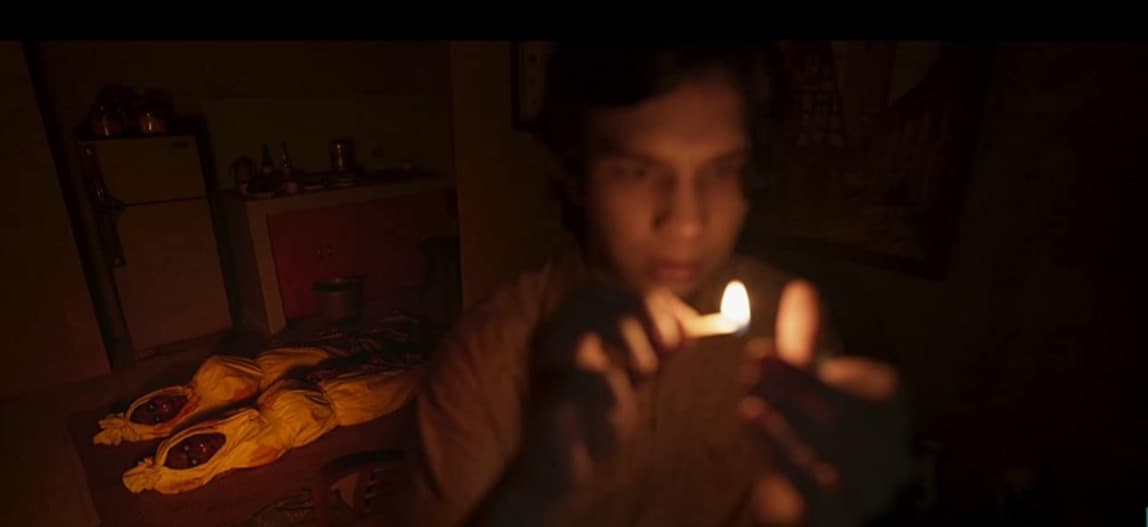
Joko Anwar proves once more that he is a master of his art, with the film excelling in all aspects, in a fashion that is on a much higher level than similar genre entries. One has just to watch the elevator sequence, where sound, Dinda Amanda's editing, and Ical Tanjung's cinematography come together in the most astonishing way to kickstart the action in the film, to realize the artistry involved here. One could say that the intense focus on the children protagonists seems like a “Stranger Things” vibe, but the presence of Rini, Tari and the Father in essentially equal measure tone down this aspect, as much as the commentary included in the narrative. Regarding this last element, Joko Anwar makes a rather pointed comment on religion, with the way the priest creeps in the lives of his neighbors when things start going towards a dangerous direction, and his actual motif, highlighting it in the best fashion, also because the remark is organically embedded in the narrative. The very ending, and particularly the reference to the Bandung Conference, also move towards a similar fashion, although I feel this element will be explored better in the third part of the series, which Anwar has already hinted at. (Panos Kotzathanasis)
16. Plan 75 (Chie Hayakawa, Japan)

In this finely plotted story, strands occasionally overlap, as we follow the situations the five characters are facing. A young immigrant nurse Maria (Stefanie Arianne) is trying to come to terms with her new job which very much differs from what she was trained to do. Instead of helping the elderly to live, she is now helping them to die, and although this business pays much better, it is by no means easier to cope with. Plan 75 call center agents Yoko (Yuumi Kawai) and Hiromu are starting to examine their involvement with the project the moment they establish a connection with their customers, in Yoko's case with a woman she slowly gets to meet better, and in Hiromu's by developing strong emotions to his estranged uncle. Unfortunately, their characters are slightly underdeveloped, but nevertheless important to introduce a different perspective coming from young people. (Marina Richter)
15. Leio (Chalit Kraileadmongkol and Chitpol Ruanggun, Thailand)

Generally, “Leio” has a lot to like about it. Most of the positives here stem from the mainstream-friendly script by Charoen Kaithitsuwan that allows for a highly familiar series of immersion points to develop. The whole setup of Kao retiring from his life in the fast lane to return to his roots and rediscover his childhood friends works to start everything with a well-worn concept. As well, that serves to introduce the audience to Kao as a man who's attempting to do the right thing rather than looking for an easy payout. Looking to use the money as a means of helping him to reconnect with his family legacy with Yo and Jane while reconnecting with Fon who stayed behind in the village, comes off as a common tactic but still works well here. The concept of the competition drilling to find the water source also serves to get people out of the community and into the desert where the creature can utilize several advantages quite effectively. Utilizing the undiscovered nature of its existence to launch several surprise attacks or its massive tunneling speed to travel quickly undetected, everything comes off rather nicely. (Don Anelli)


